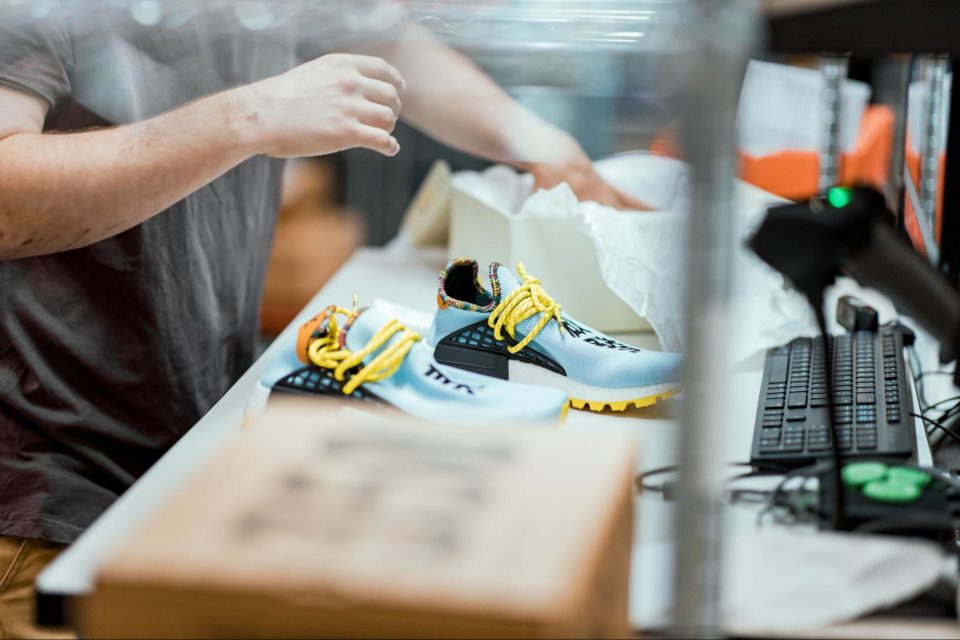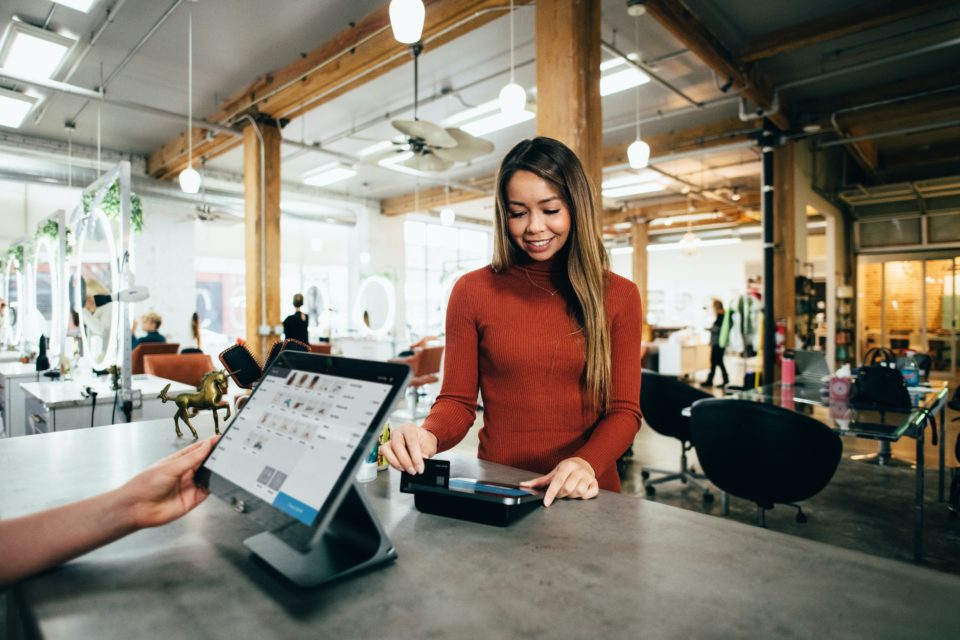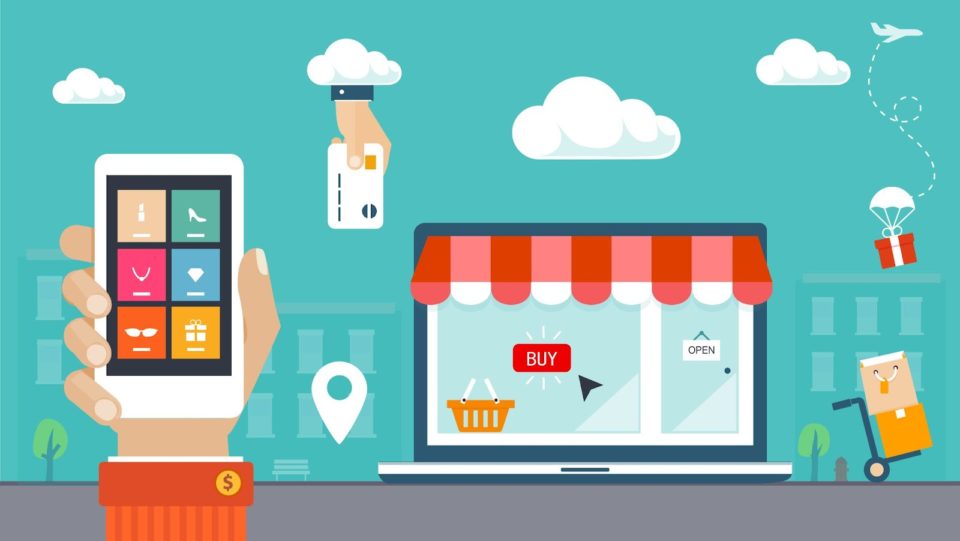Why the best digital store experiences don’t start with the tech
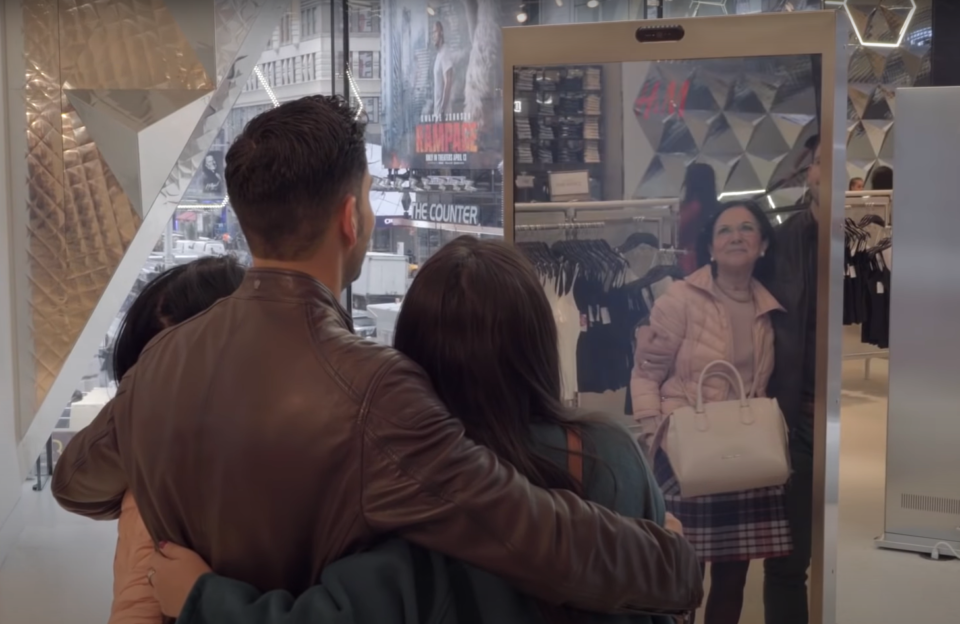
If you’ve heard of H&M’s Magic Mirror over in New York, then you’ve heard of Ombori.
The company has made a name for itself in creating engaging digital experiences in physical stores for everyone from Target to IKEA to H&M. These experiences aren’t just nice to have – they’re increasing loyalty and sales, as well as bridging the gap between the store and online.
Key to their success?
The tech comes last.
We spoke to CEO and founder Andreas Hassellöf about why the smartphone is key to customer centricity and why retailers should focus on customer behaviour over technology.
Andreas Hassellöf – Founder/CEO, Ombori
What does Ombori do?
We are building a platform called the Ombori Grid which powers digital experiences in physical spaces.
There are two very important aspects to this. The first is that we are trying to create a great developer experience for our customers and partners who want to build their own solutions. We want to streamline things and make it super simple to create these experiences without reinventing the wheel.
The second is that we are populating a marketplace of ready to use solutions that will enable retailers to install an app into their store with just a click of a button.
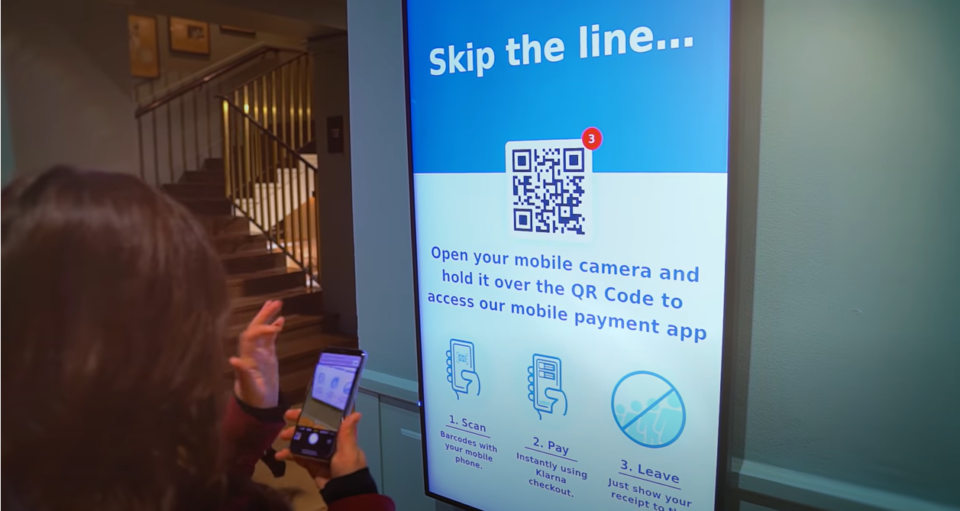
Can you tell us a bit more about the apps you have for retailers?
We group our apps in three different areas for retail.
The first is visitor management such as appointment booking and queue management.
The second is omnichannel such as buy online and pick-up in store and bringing a retailer’s digital content and online presence into the store. This adds value, but also helps convert footfall into online relationships and encourage your online relationships to visit your store.
The third is customer experience. These are the fun and entertaining things that capture attention and give customers a good memory from their visit.
In the past retailers would have to piece everything together themselves in quite a complicated way, whereas our platform is very plug and play, upgradable and scalable.
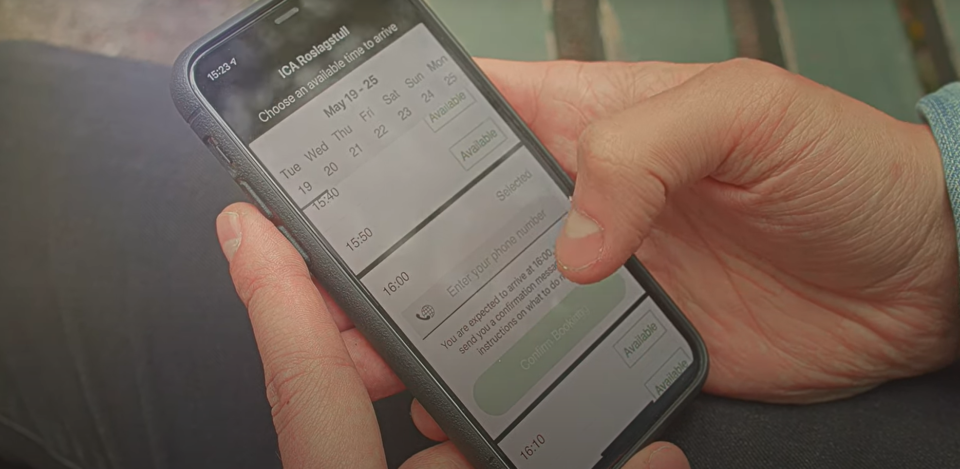
What are the main use cases that retailers come to you with?
Typically, customers come to us because they have already identified a need and they are looking for a specific solution. But once that solution is in place, they also have these other great plans for how they want to digitise their stores or bridge the gap between online and offline.
When they realise that they can do everything using the same platform it becomes so much cheaper and faster to do this than to do everything separately.
Pre-covid, a lot of projects started with endless aisle use cases and self-checkouts. But since covid hit, we put a lot of focus on people flow, visitor management, occupancy control, and so on.
The biggest projects we’re doing now are driven by a better customer experience, such as livestreaming from stores and other interactions that we think are going to stay now covid has pushed retailers to try them.
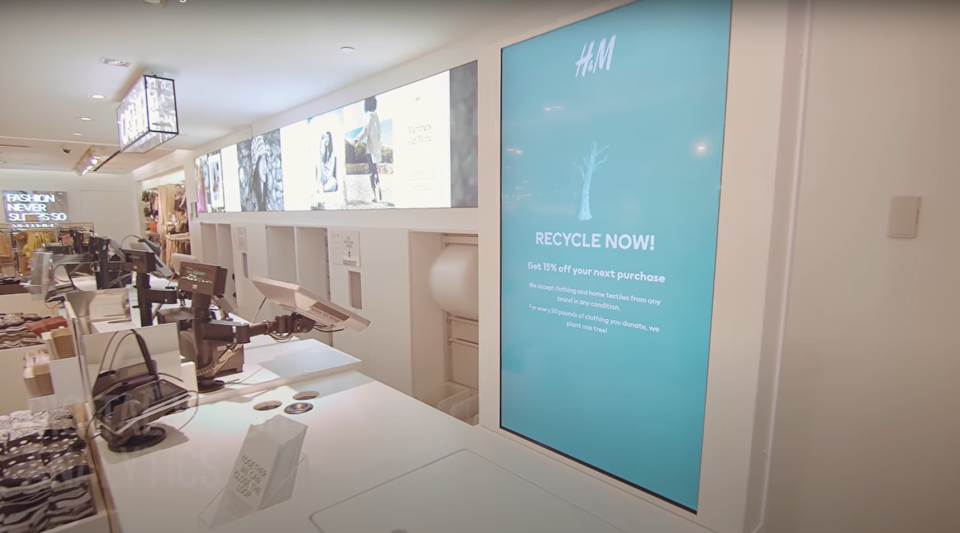
Can you talk us through any particular project successes?
With everything we do, we try to focus on the customer experience and what kinds of behaviours we want to encourage.
The technology is not really important. It’s all about the people, both the employees and the customers.
One of the projects that we are most proud of during the last year is with IKEA in the Middle East.
There are a lot of customer interaction points throughout their stores, such as queuing and appointment booking. We have replaced these with our new solution, which is unified for both online visits and in-person visits.
Everything is triggered by a QR code or an NFC tag. Customers use their phone to scan the tag and get their ticket. This has been really appreciated by the customers and also by IKEA as the more efficient you can make that process the lower the operational costs, but it also leads to shorter wait times for customers and an overall much better experience for everyone.
The cool thing is that when you have the same system to manage both online video meetings and in-person meetings, you can route the calls to the right co-workers in the stores so that they can add value.
Another great project that we did recently was a smart clothes recycling bin with H&M.
After you have returned your garments, you can scan a QR code, and you will get a discount on your next purchase. It also links you to more information about H&M’s sustainability activities and to the ecommerce page for the brand’s sustainable collection.
It helps close the loop and incentivises everyone to adopt more sustainable behaviours. The screen shows the total donations per store so there is a competition element for store employees to get the most donations, but also the individual can share that they have made a contribution on social media.
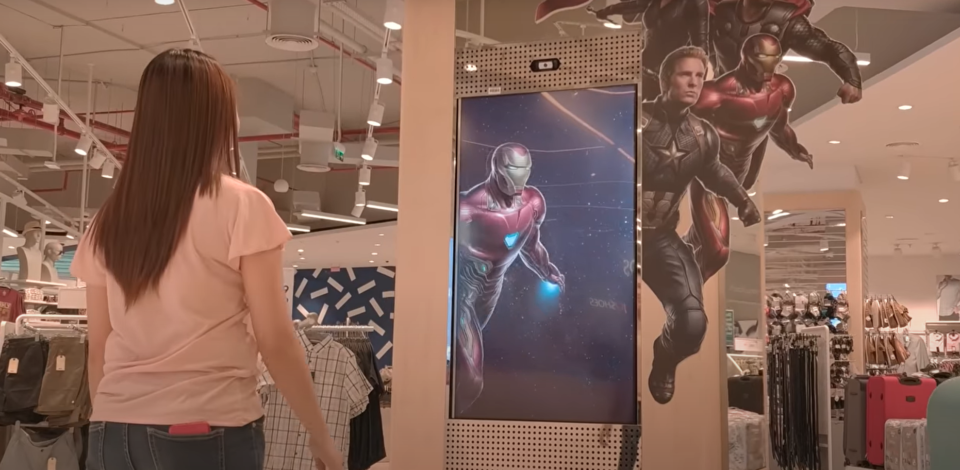
What sort of results have you seen from your projects?
We work very closely with our clients to focus on the behaviour that we want to drive and how we will measure the success of that.
One example project was a digital interaction for Max Fashion based around the Avengers Endgame film. We had five units, which generated 1,000 selfies per day.
76% of users chose to collect their selfie and connect with the brand on WhatsApp. It’s a really good example of how you can move in-person traffic to become online connections.
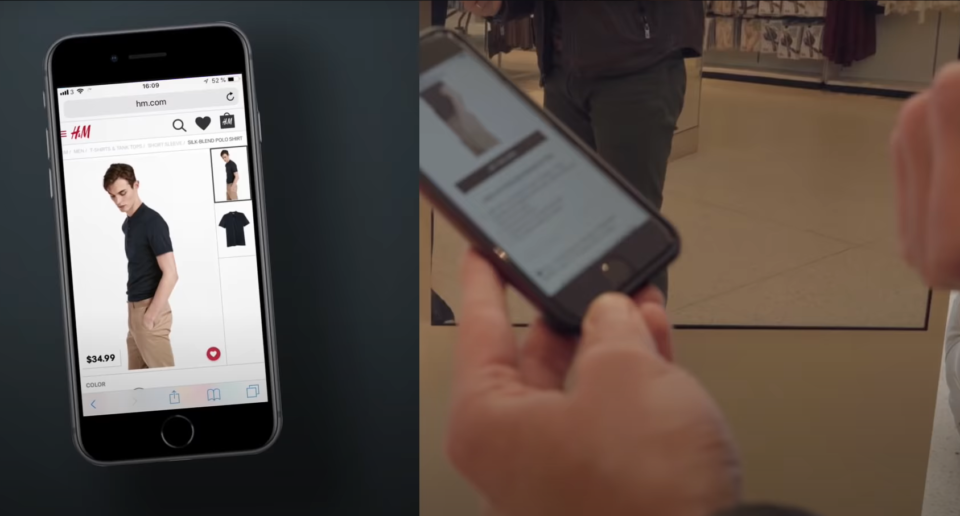
What should retailers consider when thinking about in-store tech?
It’s so important to not focus on the technology.
I think if you are a retailer and you are considering putting screens in stores, you need to think about what the outcome is that you would like to achieve and what is the customer behaviour that you would like to drive?
The content matters tremendously, but you also need to make sure that anything you put in your stores work.
Even just playing videos on a screen in a store is so much more complicated than you would expect because there can be problems with the network or with the Wi-Fi connectivity, or people unplug the cables because they want to charge their phone.
It’s such a fragile environment. If you lose power, you need to make sure that the device will keep working. You need to build things that are incredibly resilient. This approach has guided the whole development of our platform.
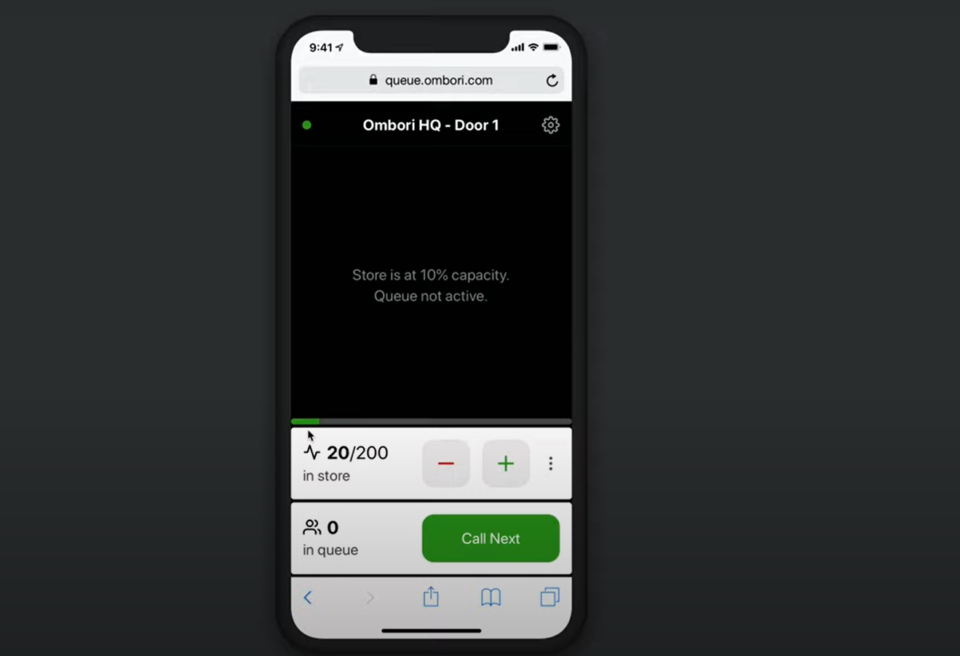
How do you get over some of these problems in your systems?
We have built our own power distribution to our screens so that every time it resets it boots the whole operating system. This means it can never end up in a broken state when someone pulls the plug or something like that.
As soon as you start doing more interactive things the degree of difficulty increases as well to make sure that things work.
If an app crashes on your smartphone the typical reaction is to just kill the app and restart it.
But if it’s running in your store, the customer cannot kill the app and just restart it. The screen is black until it’s rebooted. You need to have a lot of mechanisms to monitor that things are actually working and automatically recover it if something breaks, because it will break.
The constant in this industry is that things will go wrong.
The applications that we build save the most important information on the device so that it doesn’t require an internet connection to deliver the content and the most important features.
For example, if the internet connectivity is removed in an endless aisle application it will still have basic features so that you don’t have black screens.
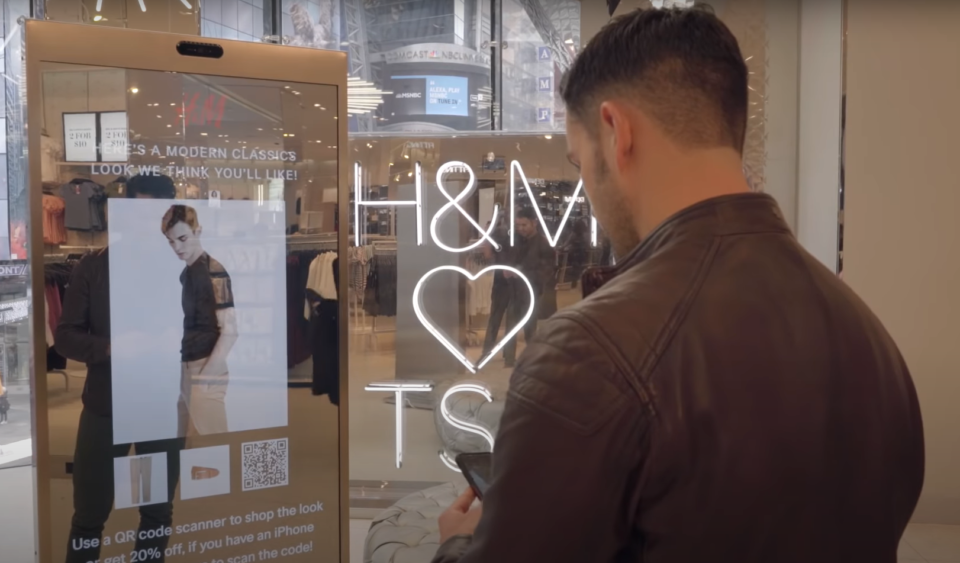
One of your big projects was H&M’s voice activated screen. What future do you see for voice in retail?
I think voice is really great at getting attention and starting the interaction, but once you start doing more complicated things, you start to see the limitations.
There is another aspect of that mirror, which was really interesting in that it detected the presence of the face. If you were curious and you stopped and looked at it, then it would start to talk to you. It was a really good way to get the whole interaction started and to give you that pleasant surprise.
We took this further with the endless aisle applications that we did for Dufry duty-free and Target in Australia. What we learned was that when we put everything together, we get these really amazing results.
At the moment, when we see a touchscreen in a store or airport or mall, most of us will probably walk past it because we don’t really have very high expectations. This is because there are so many bad experiences that are being created for touchscreens.
Our screens are dark when they’re idle and they have a small sensor at the top so that when someone walks by the screens turn on. It becomes almost like a flashlight that goes off in the corner of your eye. This catches your attention so that you look at the screen, and when it recognises that it opens up and presents the options and starts to talk to you.
If you respond vocally, it will react to your response. You can also switch to using touch at any point in time to start diving more into the details.
Once you learn that this actually works and it’s giving you value, you keep using it.
The next step, and what we have done very successfully with a few clients, is to use these interactions throughout the store to move people over to using their smartphone.
The phone is the centrepiece. If you require an app download, you will have a very high threshold to get people started. What we have been very successful with is not asking someone to download an app but just to scan a QR code or tap their phone on an NFC tag to launch the experience.
Everyone says that you should be customer centric, which means you should put the customer at the centre of everything you do. But the phone is that closest device. The phone goes everywhere they go.
If you’re looking for a touchpoint that is close to the customer, it has to be the phone. It’s about thinking of ways that the phone could genuinely enhance that in-store experience.
I think it’s interesting to watch retailers play around with this, attempting things and finding out what works, when people want to be on their phones and when they don’t in a store.
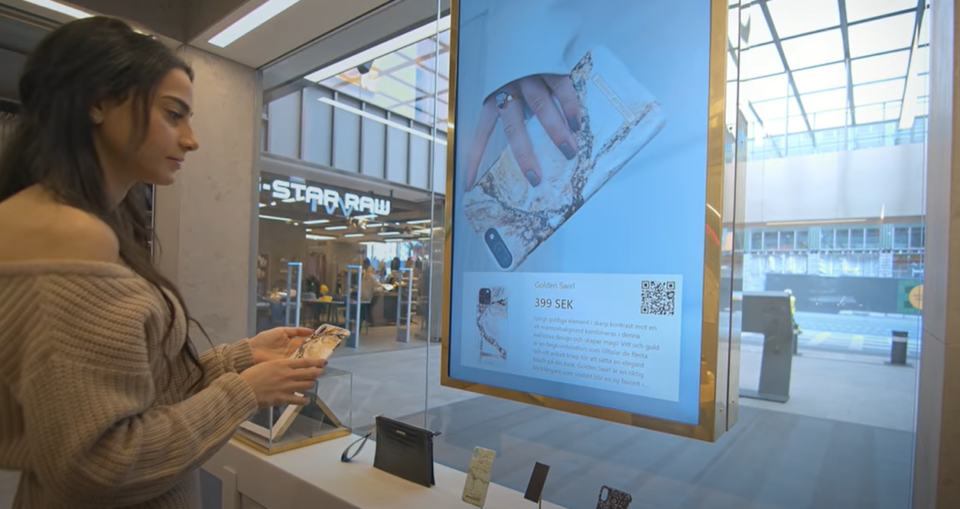
Do you have any tips for retailers on creating these experiences?
They should just walk through the store and imagine that they are a customer. Then depending on the context and where you are in the store, what value can you bring in?
For example, if there are five different types of a product on a shelf with different price tags, how do customers know which one to pick?
The natural thing is to ask a member of staff, but what if they are busy?
If you enable barcode scanning from a smartphone, customers can scan the barcode, read reviews, compare products and understand the actual differences.
We have become great at personalised experiences online with recommendations, upsell and cross sell. In many cases, it drives revenue because it adds value to us as customers.
We’ve built up all this intelligence, but it adds zero value to the customers in the physical store. This is one thing that you really need to tie together as a retailer.
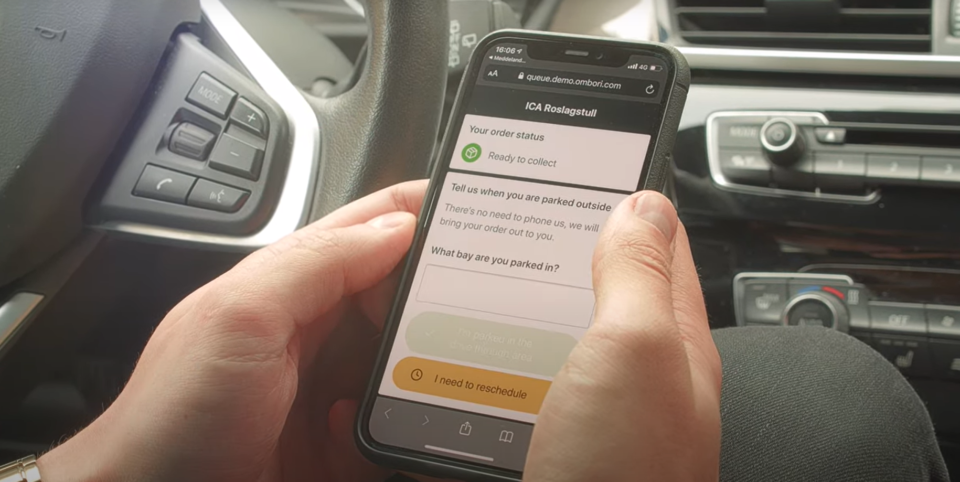
What are the biggest challenges in making these projects happen?
A few years ago, I noticed that when you talk to these big retailers, there is a lot of ambition for doing great things with technology. But you cannot start with the technology.
You need to start with the customer and what kind of value you can bring. You also need to start looking at how the organisation is structured. It’s very difficult to tie things together if you have internal KPIs and incentives, which are steering the organisation in different ways.
For example, the store manager may be incentivised to make in-store sales which means they won’t champion digital experiences that generate online sales.
You need to break down the internal silos before you can even start thinking about ‘how do we do great omnichannel journeys with technology?’
It’s not enough that the top management say that this needs to be aligned. You need to make sure that the people that are working in the store have incentives which are aligned with that as well, so that you measure the source of the sale and you can compensate, so that you really have everything working as one company.
The stuff that happens with the screens and the mobile phone in the store, that’s just the last step. It’s important, but everything else needs to be in place.
Take the Ombori Grid for a spin by signing up now for a free trial.

